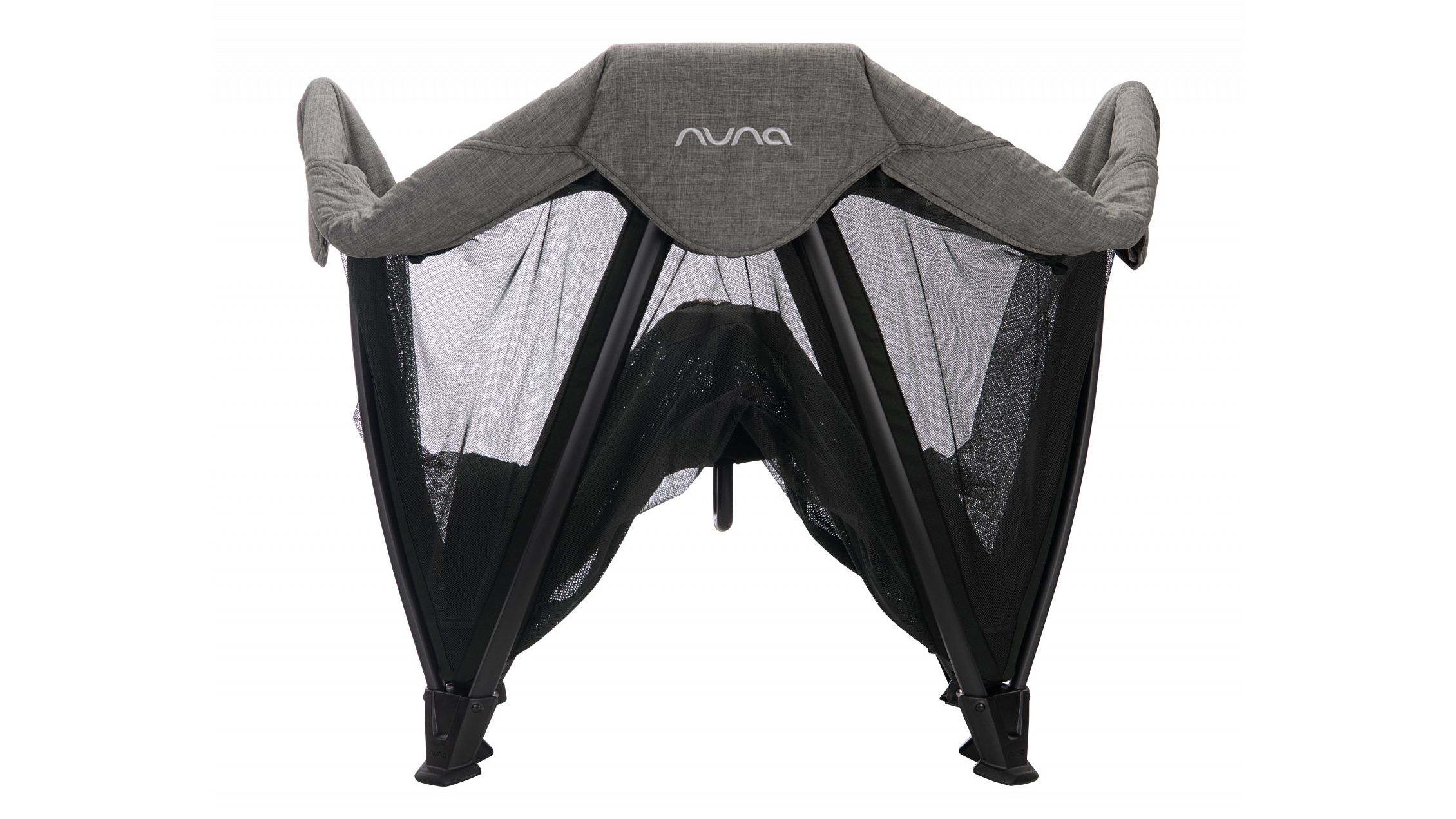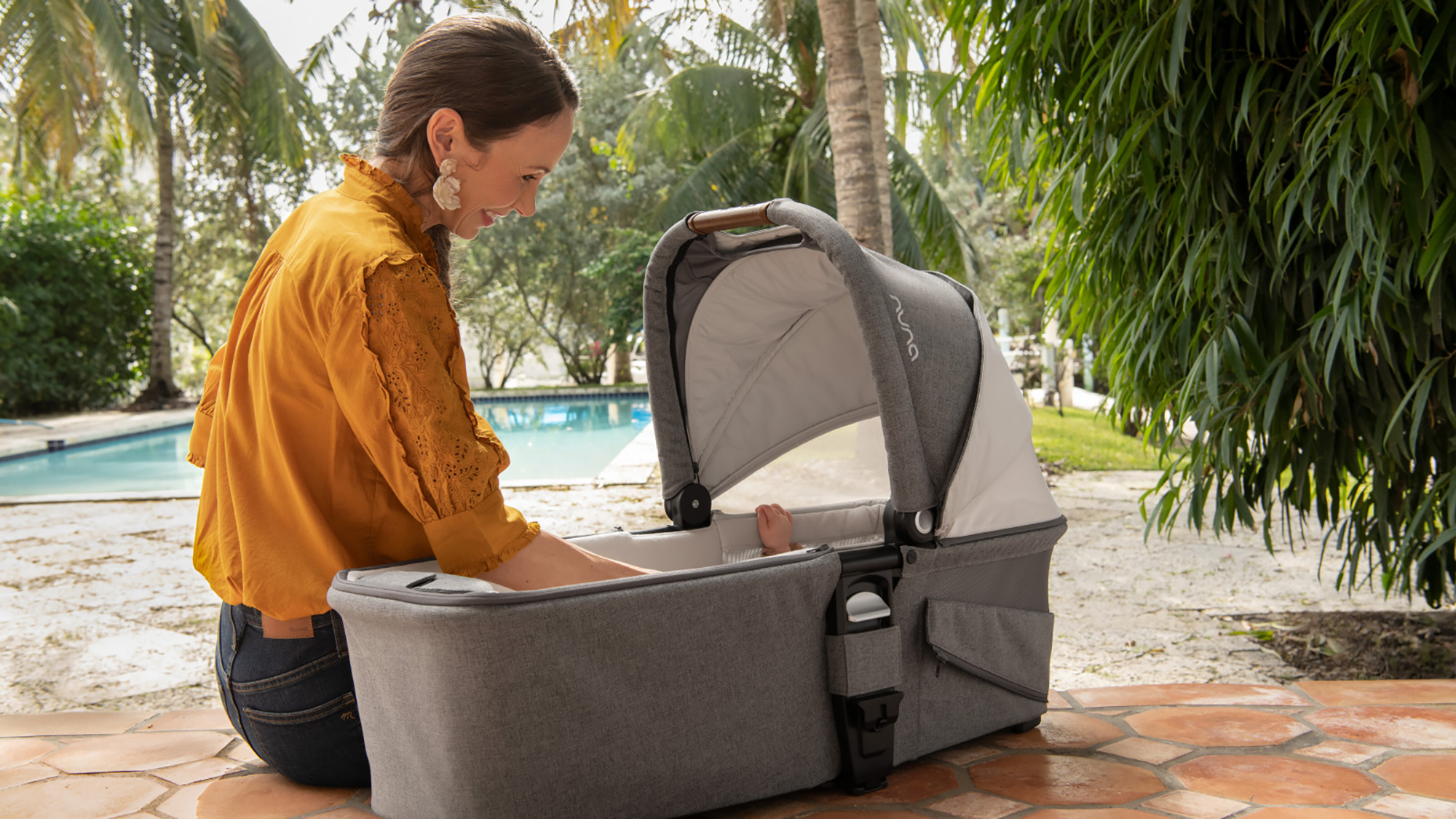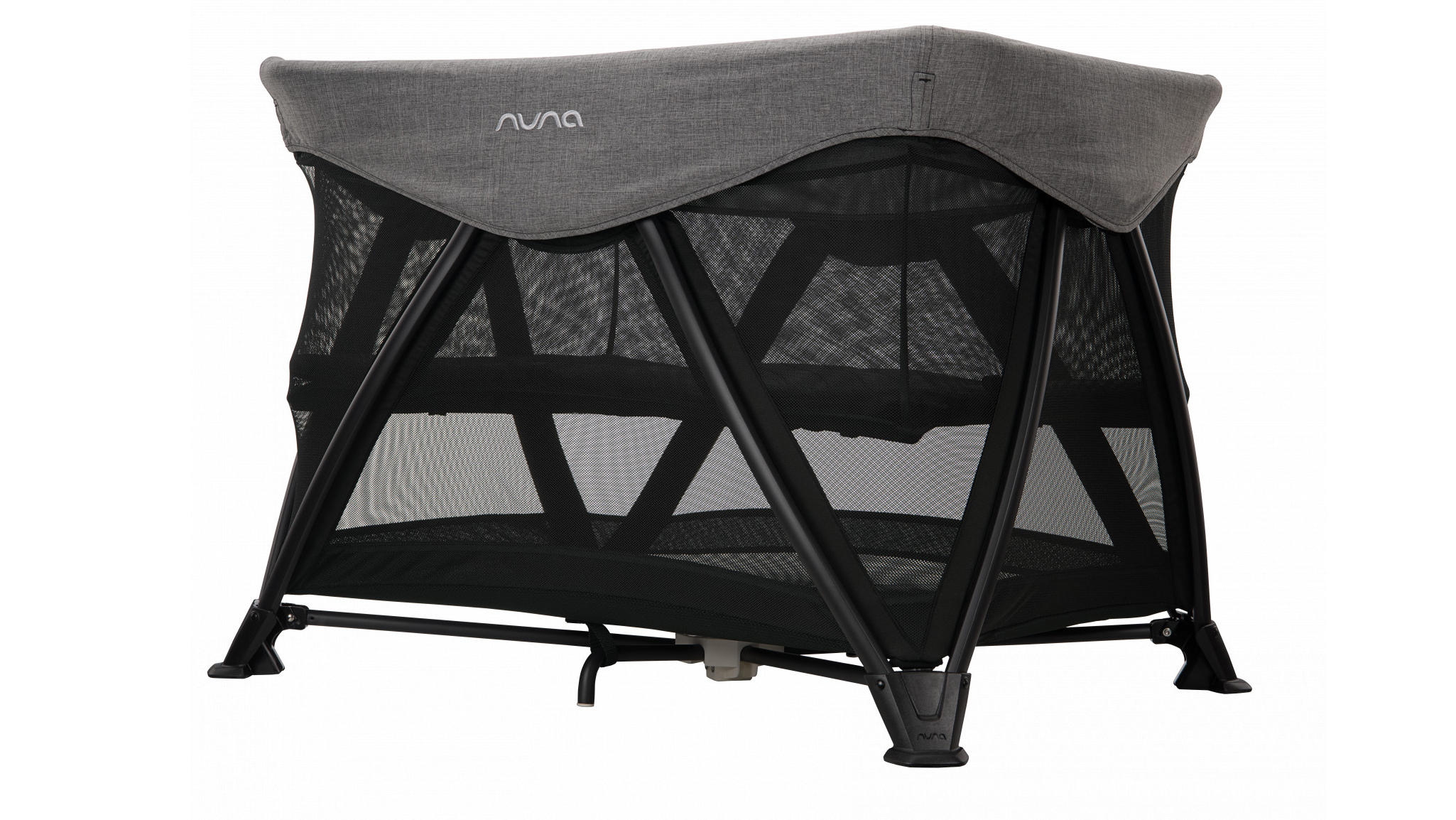When Should I Start Napping My Baby in Cot
Whether you're going away on holiday or in need of a nap space at granny's house, the flexibility a travel cot can provide is incredibly useful, but are portable beds as safe for babies to sleep in? We've looked into the safe sleeping requirements for little ones' on-the-go and detail everything you need to ensure your little one has a safe night's sleep when you're away from home.
- Best travel cot: lightweight cots for babies and toddlers
Are travel cots safe to sleep in?
Like all cots and cotbeds sold in the UK, travel cots must meet the European Safety Standards, so whether your cot is built for home or away, the same safety rules apply. To be extra sure of a cot's safety, check that it meets British safety standard BS EN 716.
UK experts on safe sleeping, The Lullaby Trust, advise parents to use a firm, flat, waterproof mattress in a good condition. Baby's space must be kept plain and simple, with no loose bedding and they should be placed in the 'feet to foot' position (where baby's feet are placed at the foot of the cot) so they can't wriggle down under any blankets. If your baby is under one year of age, duvets, pillows and cushions must not be added to their cot.
If these rules are met, then essentially, you have a safe sleep set-up for your tot. However, there are a few extra precautions to be aware of when considering a travel cot.

(Image credit: Nuna)
What to look for in a safe travel cot
Unlike regular cots, travel cots do not come in a standardised size, so review the space you have available for your travel cot and ensure it is not too close to radiators, a/c units, blind cords or anything that could pose a strangulation threat.
Many travel cots feature wheels for easy maneuverability, but they must lock effectively or have a combination of legs and wheels to stop accidental rolling.
If space is an issue, you may be considering a pop-up, tent-style travel cot. These are really easy to assemble, create a cute little sleeping pod for your baby and are ideal for activities such as camping. However it's worth noting that The Lullaby Trust recommends parents always use a cot with rigid sides as there is a danger of tripping and falling on top of flexible cots, so be extra cautious when moving around, especially at night.
What ages are travel cots recommended for?
The age ranges of travel cots really vary so always look at what the manufacturer suggests and if there is a weight limit. Most travel cots range from around three-months to three years, but some come with bassinets designed for newborns and others can support a child up to five years old.

(Image credit: Nuna)
Can I use a different mattress with my travel cot?
Travel cots often come with a much thinner, harder mattress and although it may be tempting to pad it with a folded duvet or pillows, thick, loose fabrics pose a risk of suffocation and strangulation. Either stick with the original mattress or look for a specific travel cot mattress that is a true fit for your cot (check dimensions as sizes vary) for a bit of extra comfort.
Be aware that adding a mattress can also affect the stability of the bed, so ensure the mattress top is at least 50cm below the top rail of the cot to avoid toppling.
Can I use a travel cot every day?
Although travel cots are safe for babies and toddlers to sleep in for short stints, they are not designed for regular sleep over a long period of time. You need a more robust, permanent cot for normal everyday use in addition to an occasional-use travel cot.

(Image credit: Nuna)
Is it safe to use a second-hand travel cot?
To ensure all safety precautions are met The Lullaby Trust recommend buying new cots where possible, however a second-hand travel cot can be a good cost effective option, especially if you only plan on using it occasionally.
Before purchasing or borrowing a second-hand cot, always examine it first. Look for any holes in the mesh, missing corner guards, broken wheels and always put it up and down again to check that the frame locks properly into place. Keep an eye out for broken zips that can be a potential choking hazard and inspect the mattress thoroughly for tears and whether it is a correct fit for the frame. If possible ask for the original instructions, or find them online and make sure that you are confident it can be assembled correctly.
- Best travel cot: lightweight cots for babies and toddlers
- Best car seats: keep your baby or toddler safe with these infant seats
- Best hiking baby carriers: for active parents on the move
When Should I Start Napping My Baby in Cot
Source: https://www.t3.com/us/features/are-travel-cots-safe-for-babies-to-sleep-in-heres-everything-you-need-to-know